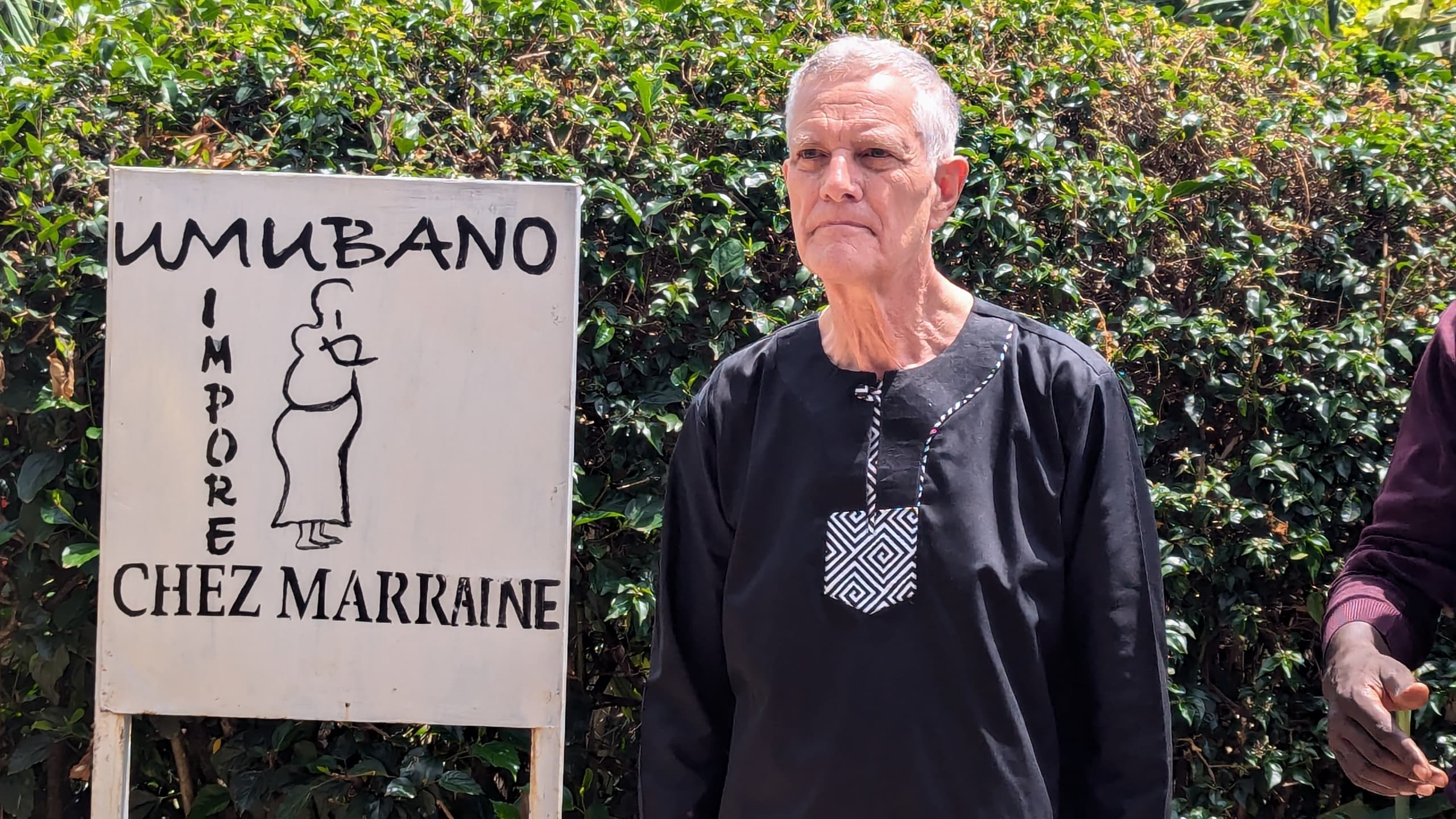In 2005 Belgian nationals, Emeritus Prof. Luk Cannoodt and his Rwandan spouse- Claudine Mukeshimana (RIP) started the Umubano IMPORE (Improving Maternal and Pediatric Outcome: The Rwandan Experience) with a plan to improve life expectancy of low weight new born babies in Huye district.
The organization was a result of both couples crossing paths in Belgium, where they had the same calling to make a difference in their lives of new born babies.
Cannoodt previously worked for the World Health Organization in Geneva and lectured at the Catholic University of Leuven and the University of Ghent, in Belgium and his wife had earlier on (2003) started an NGO in Belgium to support poor single mothers back in Rwanda.
Claudine asked Luk why he cannot do the same thing in Rwanda, in Africa and the latter agreed to do so but demanded to come and visit and see what was going on.
“So, I came with her and I was really very surprised how people are living; and how child and mother care (MCH) was going on, Luk narrates;
“That was the start of saying we will do everything possible, with the experience and motivation we have to see results,”
Though his wife passed on soon after, Luk says he used his wide experience in MCH to start a journey of taking care of low weight new born babies in Huye district, specifically for those who came from poor families and were at the risk of being malnourished.

Health experts say that a low weight child (below 2500g) is at high risk of malnutrition, stunting, and even death at an early age.
Luk says that their approach is built on supporting existing healthcare systems and a result of research findings (2015) that showed 20% of low weight babies (LBW) discharged from Kabutare District Hospital to go home died within 2 years after discharge and 75% malnourished.
In order to respond to this, the organisation initiated the Reducing Infant Mortality and Malnutrition Among Preterns (RIMMAP) program which collaborates with the hospital to use available data to identify post neonatal newborns (with less than 2000 grams), children under 5 years and their parents.

Once the NGO staff have this information, they visit the families, assess their needs to provide nutrition, welfare, and child growth support needs, but also follow up on their progress to prevent deaths, malnutrition and stunting as they grow up.
“Most of them come from very far away. So we provide them with transport fees and some of them stay at the NGO house (Chez Marianne) to enable them get to the hospital in time,” Luk said.
During site visits, the organisations’ staff conduct door-to-door child weight measurements, educate parents on causes of Sudden infant death syndrome (SIDS)- e.g. avoiding smoke conditions which can kill a child; and also directly support the beneficiary families with material needs.
Cannoodt said that the NGO pays all bills which are not covered by the community based health insurance scheme (CBHI) and these include transport and meals, offers free Sosoma fortified foods to mothers based on the needs assessment gathered during the home visits,
Statistics (till January 15, 2025) show that these interventions have increased the number of mothers visiting health facilities for checkups, and numbers of child mortality have reduced.
“For example, when we started there were 20% infant deaths and now it is only 2%. That means we must have saved about 200 babies. More than 1,093 have grown up to more than one-year-old and only 37% still malnourished,” he said.
To empower beneficiary mothers, the organisation set up the Mothers Against Malnutrition Associations (MAMAs) self-help groups in 12 of the poorest cells in the district. The MAMAs work together to grow vegetables, monitor child malnutrition and growth which has seen 96% of the children no longer malnourished in the 500 families so far.
Mothers who have benefited from the organization say that it has increased the hope of survival for their children.
Uwingabire Alodia says that her child was born weighing 2.3kg due to a heart condition. It is a problem that was discovered two weeks after the child was born.

After discovering the condition, Kabutare Hospital referred the child to the Military Hospital in Kanombe for treatment but she did not have the means to go there.
After six months, the mother could no longer afford to treat her child, and that is when the organisation came to see her and help with her child’s medical care.
Since then, the organization has been helping her with her child’s medical care, including providing her with a ticket to Kanombe, whenever she had an appointment with the doctor, and paying for her medical expenses.
Uwingabire says that in August 2024, her child underwent heart surgery at King Faisal Hospital and as of May 2024, the girl was four years old and weighed 12kg.
Huye district Mayor, Ange Sebutage says that the local initiative has enabled the district to reduce malnutrition cases from 42.6% (2015) to 29% in 2020 (DHS) and now at 16.1% (as of 2024), thus more innovations are needed to eliminate stunting cases.
Sebutage also stated that such initiative can be a model for others and have been replicated or remodified in other districts in the southern province.
Such initiatives are expected to contribute to Rwanda progress in healthcare in reducing neonatal mortality (19 per 1,000 live births) and address continuing challenges with under-five mortality, maternal mortality (203 per 100,000 live births), a high stunting rate among children under five (33%), anemia prevalence (13.1% in women of reproductive age), teenage pregnancies (5.2%), and an unmet need for family planning (13.6%).
By addressing malnutrition and ensuring access to critical medical care, local initiatives like the one aiding Uwingabire are playing a crucial role in Rwanda’s health sector. As these community-driven solutions expand, they bring hope for a healthier, more resilient future for Rwanda’s children.

